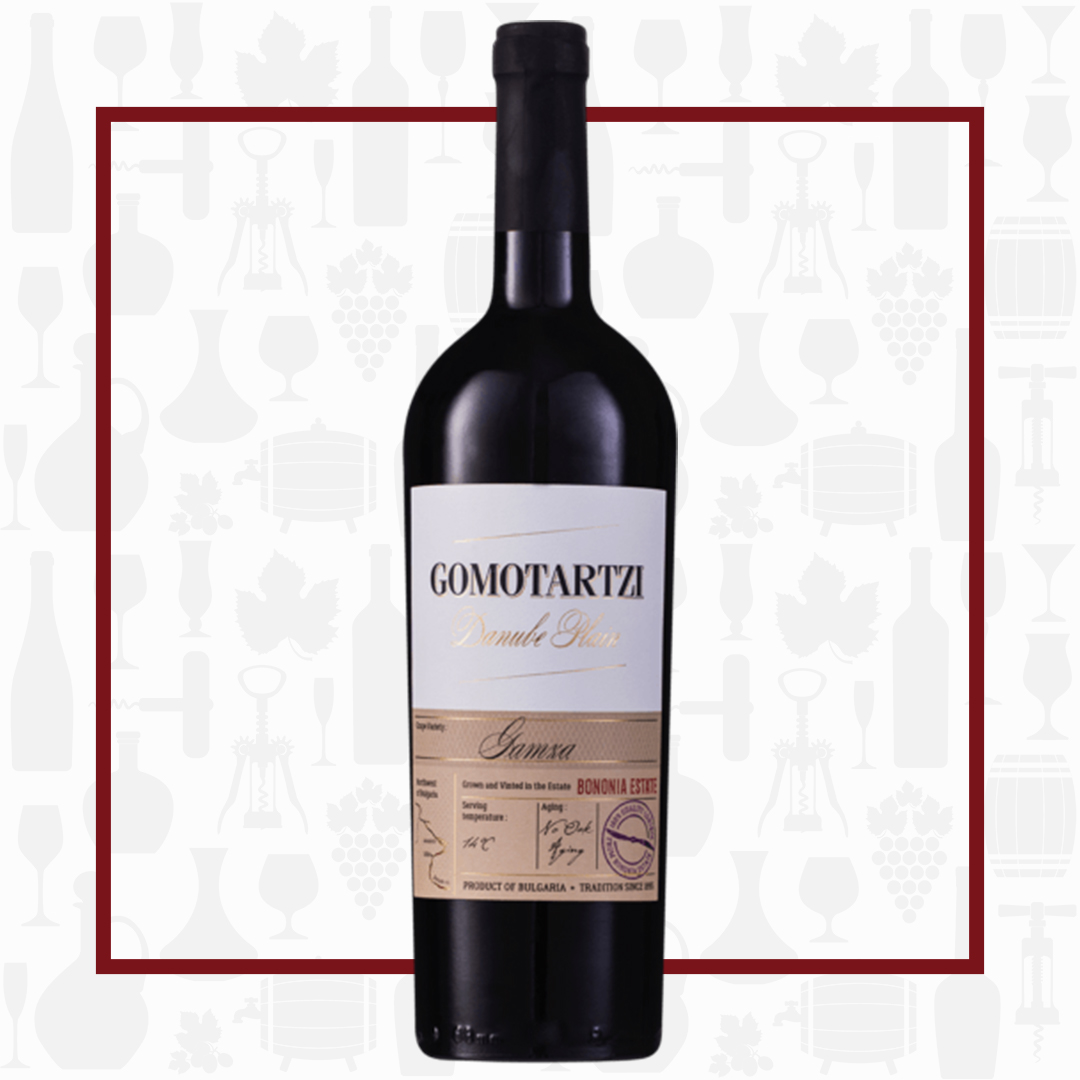Cellar Profile
Nestled along the banks of the Danube River, Bononia Estate is named for the ancient Roman Fortress that occupied the spot now known as the town of Vidin, where Roman armies brought vines for the cultivation of wine grapes. After careful soil analysis, the area was replanted to grape in 2013 and the first vintage was produced in 2016. The Danubian Plain appellation is a moderate to cool region, with warm, dry days and cold evenings during the growing season. This large diurnal shift, coupled with breezes from the Danube, allows for ecological viticulture. Utilizing organic practices in tandem with technological advances and a keen eye for sustainability, Bononia Estate crafts nervy, fruit-forward and balanced wines, focusing on Chardonnay, Sauvignon Blanc, Cabernet Sauvignon, Cabernet Franc and the exciting, vibrant, autochthonous local varietal, Gamza. Bulgarian wine has long been eschewed by “serious” wine drinkers as cheap, cheerful and forgettable. However, Bononia is part of the modern landscape of Bulgarian winemaking, with a focus on fine wines as opposed to bulk production, and the wine world is beginning to take notice! The Estate made the World's Best Vineyards TOP 100 list in 2024.
Region
The Danubian Plain and the Thracian Lowlands are the only two wine growing regions in Bulgaria. The former lies south of the iconic Danube River, with the Black Sea to the East, Serbia and Macedonia to the West. During the Soviet occupation (1944-1989), Bulgaria rose to 4th in the world in terms of production. However the wines from the state-owned monopoly were mass-produced, fruity and forgettable. In the 2000s, foreign and local investors began to revive the industry, building new wineries, replanting vineyards and shifting toward higher quality wines, better vineyard management and modern technology. The region enjoys as many sunlight hours during the growing season as Northern Italy and Portugal, allowing for full ripening of both indigenous and international varieties. The movement of the Danube River, as well as the influence of the Black Sea, moderate heat during the day and keep the evenings cool, ensuring brilliant acid levels in the wines. The yields are remarkably small in Bulgaria, with an average of only 4.3 tons/ha; by comparison, the US averages 18 tons/ha. Jancis Robinson has noted the exceptional potential of this Northwestern part of Bulgaria and the wine world is starting to pay attention.
Vineyard
Planted in 2013 utilizing the Guyot training system, these vineyards are strategically placed just south of the Danube, along its banks. The fast flowing water and accompanying breezes keep the grapes cool and dry during the growing season. The soil has great drainage and is composed of dark loam created by the ancient forests surrounding the region. These are true cool climate vineyards, so canopy management is key to ensuring the grapes get enough sunlight.
Winemaking
Grapes are hand-harvested, carefully sorted, then gently pressed into stainless steel where maceration and primary fermentation occur using selected yeasts. The Gamza sees manual punch-downs during fermentation to ensure color and flavour extraction without harsh tannins. It is then matured in 225 L French oak barriques, where it goes through malolactic fermentation and approximately four months of less aging to add subtle complexity and texture. The Cab Franc is racked into new French oak barriques for 6 months before blending and bottling.
Tasting Notes
Medium ruby color displaying youthful clarity and vibrancy in the glass. A lifted, aromatic nose with red currant, sour cherry and wild raspberry from the Gamza component, layered with subtle herbal tones and graphite from the Cabernet Franc. Hints of violets, crushed pepper and a touch of damp earth give it a distinctly cool-climate character. Light- to medium-bodied with bright acidity and silky tannins. The red fruit core is fresh and juicy—think pomegranate, cranberry and tart cherry—balanced by the savory edge of dried herbs, black tea and a hint of green bell pepper. The Cabernet Franc adds structure and depth without overpowering the delicate nature of Gamza. Charming and food friendly, serve slightly chilled with roasted poultry, grilled vegetables or soft-rind cheeses.
Varieties
Also known as Kadarka elsewhere in the Balkans, Gamza has been around since antiquity and is grown mostly in Northwest Bulgaria. This autochthonous grape has thin skins, so is prone to rot and mold and must be planted in windy and hilly areas where the grapes will be dried and the air will not be as humid. This is why it is perfectly suited to the area around Vidin where Bononia lies. Gamza wines are medium-bodied, fresh and lively, with low to medium tannin levels. Stylistically, they are often compared to Cru Beaujolais or Oregon Pinot Noir.

